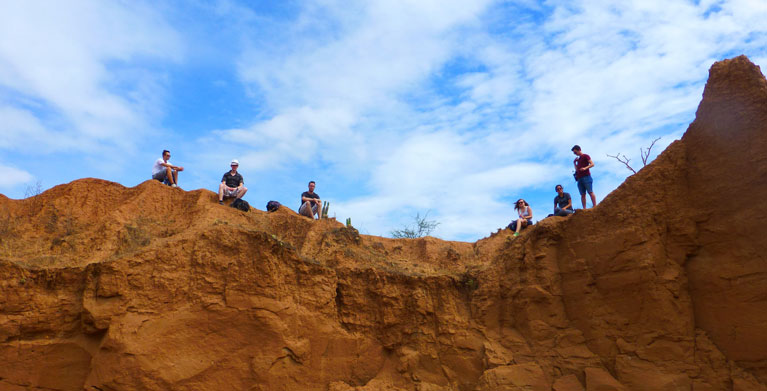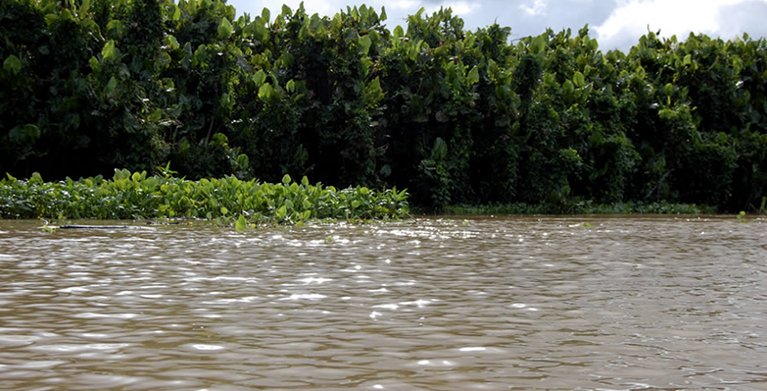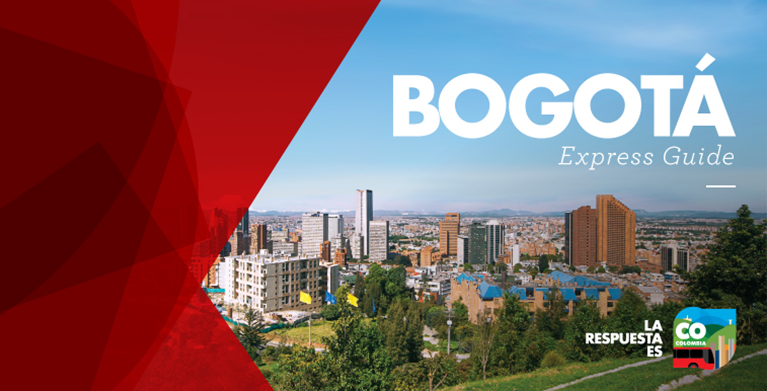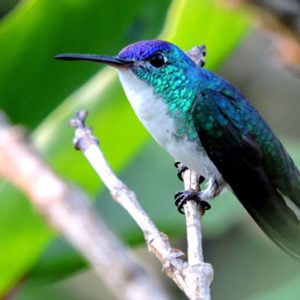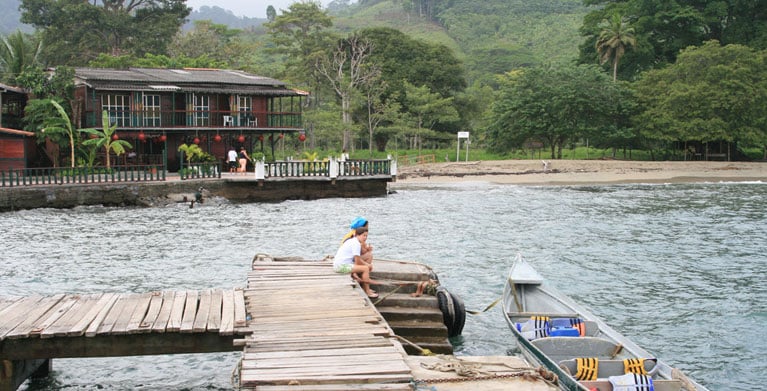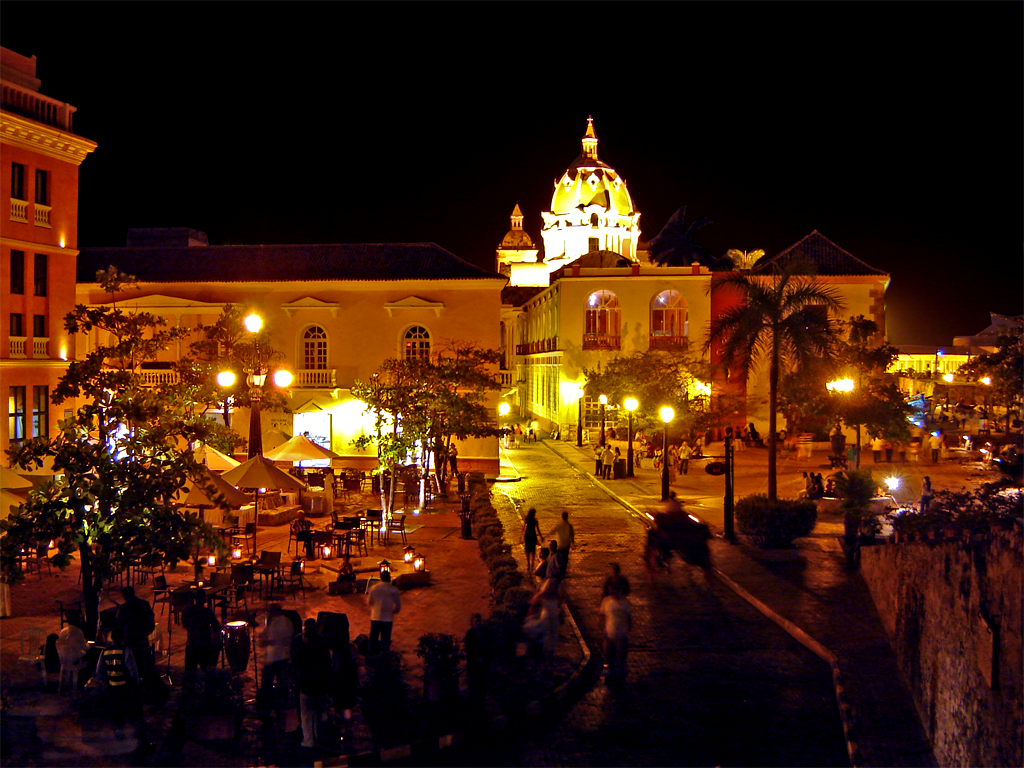Colombia’s mega-diversity is unique in the world due to the wide variety of climates, which provide home to thousands of species of flora and fauna. From the lowland rainforest and dry forest to the highland moors and glaciers, this land is the place to embrace nature and be amazed by its great beauty immersed in multiple forms and colors.
Most common activities in ecotourism involve hiking, trekking and camping while getting in contact with the different inhabitants of the area including the indigenous tribes, which preserve their ancient traditions and guard the environment.
The Rainforest: The virgin Colombian paradise
This is the wildest environment to visit in Colombia, barely reached by the western culture and technology. Usually found by the sea level and with temperatures ranging from 25o to 35o c, it is characterized by a vast and dense jungle with the highest humidity and rainfall in the territory.
The Amazon is the widest rainforest in Colombia, occupying 41% of the territory, and its proximity with the Amazon River creates a unique environment for species such as the biggest lotus in the world, the pink dolphin, the anaconda and a wide variety of sweet water fish among others.
There are eleven natural reserves in this region; however the most recommended is the Amacayacu Park since it’s easy to reach from Leticia and well prepared for ecotourism.
On the west side, in the Pacific Region, the rainforest overlaps with the Pacific Ocean creating a unique experience where the marine life is as diverse as the adjacent jungle. Besides the great amount of reptiles, amphibious, birds, among others, this region is particularly attractive for the humpback whale, which migrates and can be observed from June to November.
There are several Natural Parks preserving these ecosystems; the best one to visit inland is the “Utria National Park” (Parque Nacional Utría), while Gorgona and Malpelo islands are particularly attractive for exploring the marine biodiversity, mostly because it’s a sanctuary for big species of shaks, the giant sea bass and other species of giant fish.
Due to this wide biodiversity, the Pacific Region is also considered to be one of the top places for scuba diving in Colombia.
The Dry Forest
It can be found in Colombia’s Caribbean Region and it is characterized by a very dry season and few rainy days. The most representative natural reserves are the “Sierra Nevada Natural Park” (Parque Natural Sierra Nevada de Santa Marta) and the adjacent “Tayrona Park” (Parque Tayrona), an exceptional place where white sand beaches, crystal waters, coral reefs and the largest reserve of dry forest in Colombia meet with the “Sierra Nevada de Santa Marta”, the highest snow capped mountain in the world over the coast.
Resulting in a great variety of climates and ecosystems, these parks are home to hundreds of species such as the armadillo, the cayman, 40 species of bats and 396 species of birds, among others. Additionally, four indigenous ethnic groups live within this territory: Kogui, Arhuacos, Wiwas and Kankuamos. They practice ancient rituals to preserve and find equilibrium between nature and human actions.
Moorlands (Páramos) and Glaciers
Due to the fact that Colombia’s territory is crossed by the largest mountain range in the world, “Cordillera de los Andes”, moorlands constitute many natural reserves. Usually found between 2600 m. and 3600 m. over the sea level and considered as water factories, moorlands are characterized by low temperatures, the humidity of the air and by the high amount of superficial and subterranean waters. This is where rivers are born and where our source of energy and water supply rely.
Colombia is one of the six countries in the world that has this exclusive ecosystem; our moorlands hold 98% of the world’s flora endemic to this particular environment.
The most important reserves, great for doing ecotourism, are the “Iguaque Sanctuary of Flora and Fauna” (Santuario de Flora y Fauna Iguaque), “Chingaza National Park” (Parque Nacional Natural Chingaza), “El Cocuy National Park” (Parque Nacional Natural el Cocuy), and “Los Nevados Park” (Parque Nacional Natural Los Nevados). The latter two also have snow-capped mountains where the glaciers can be reached at 5.000 m. over the sea level.
Colombia has 55 natural reserves, 23 of them have ecotourism with park rangers that will make your stay safe while having the lowest impact on the environment. Either if you are looking for an experience that brings you back to the essence of human nature, or if you are a professional searching for unimagined species, in Colombia you will find the answer.
For further information on Colombia’s Natural reserves please visit www.parquesnacionales.gov.co

